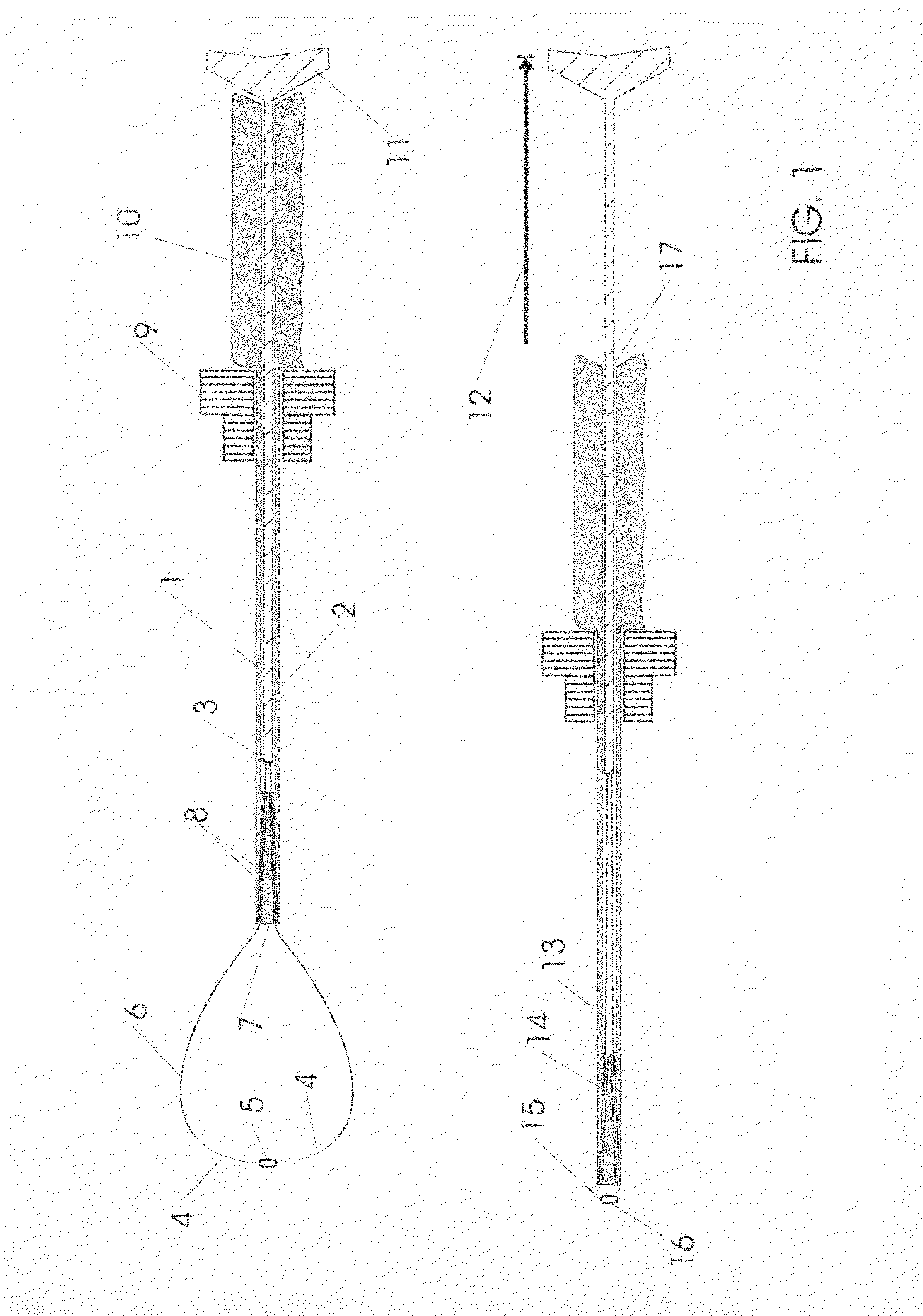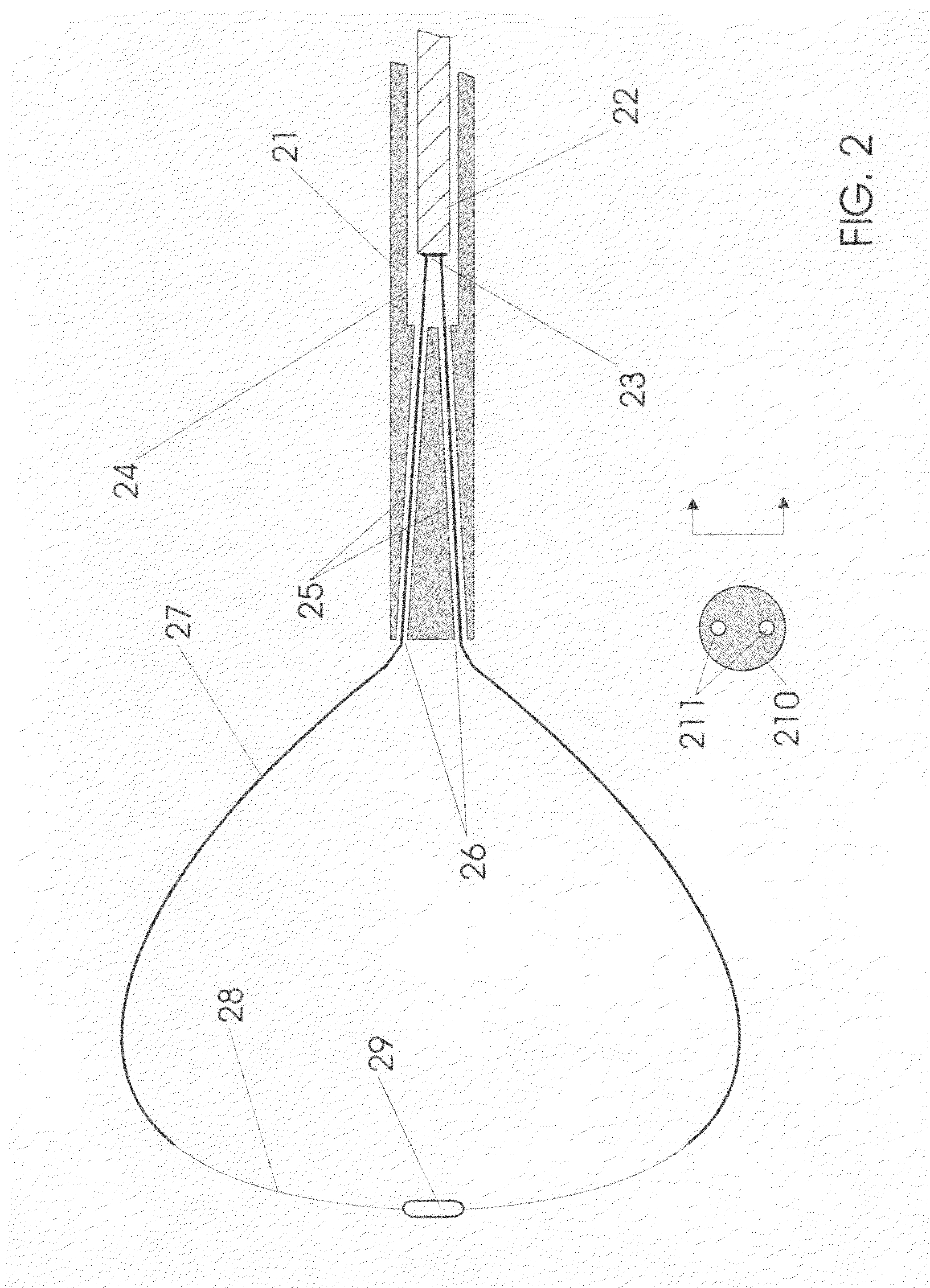Laproscopic electronic surgical instruments
a technology of electronic surgical instruments and surgical instruments, applied in the field of surgical instruments, can solve the problems of serious disadvantage, increased risk of injury and infection, and inability to remove the cervix, and achieve the effect of facilitating coupling
- Summary
- Abstract
- Description
- Claims
- Application Information
AI Technical Summary
Benefits of technology
Problems solved by technology
Method used
Image
Examples
Embodiment Construction
[0031]In accordance with each of preferred embodiments of the invention laparoscopic surgical instruments having closed-loop arrangements are provided. It will be appreciated that each of the embodiments described include an apparatus and that the apparatus of one preferred embodiment may be different than the apparatus of another embodiment. Accordingly, limitations read in one example should not be carried forward and implicitly assumed to be part of an alternative example.
[0032]A laparoscopic instrument for use in hysterectomy surgeries is fashioned with an electrode or electrodes which cooperate with the particular size, nature, and characteristics of human organs and in particular the uterus, ovaries, and cervix. Further, these instruments are particularly arranged with structures which cooperate with the physical nature of common laparoscopic dimensions; including common sized abdominal ports or abdominal volume, et cetera. An electrode or electrodes formed of an electrically ...
PUM
 Login to View More
Login to View More Abstract
Description
Claims
Application Information
 Login to View More
Login to View More - R&D
- Intellectual Property
- Life Sciences
- Materials
- Tech Scout
- Unparalleled Data Quality
- Higher Quality Content
- 60% Fewer Hallucinations
Browse by: Latest US Patents, China's latest patents, Technical Efficacy Thesaurus, Application Domain, Technology Topic, Popular Technical Reports.
© 2025 PatSnap. All rights reserved.Legal|Privacy policy|Modern Slavery Act Transparency Statement|Sitemap|About US| Contact US: help@patsnap.com



